In Pandemic, New Thinking on Responding to Weather Disasters
Rules to prevent the spread of Covid-19 complicate standard responses to storms, floods, and heat waves.
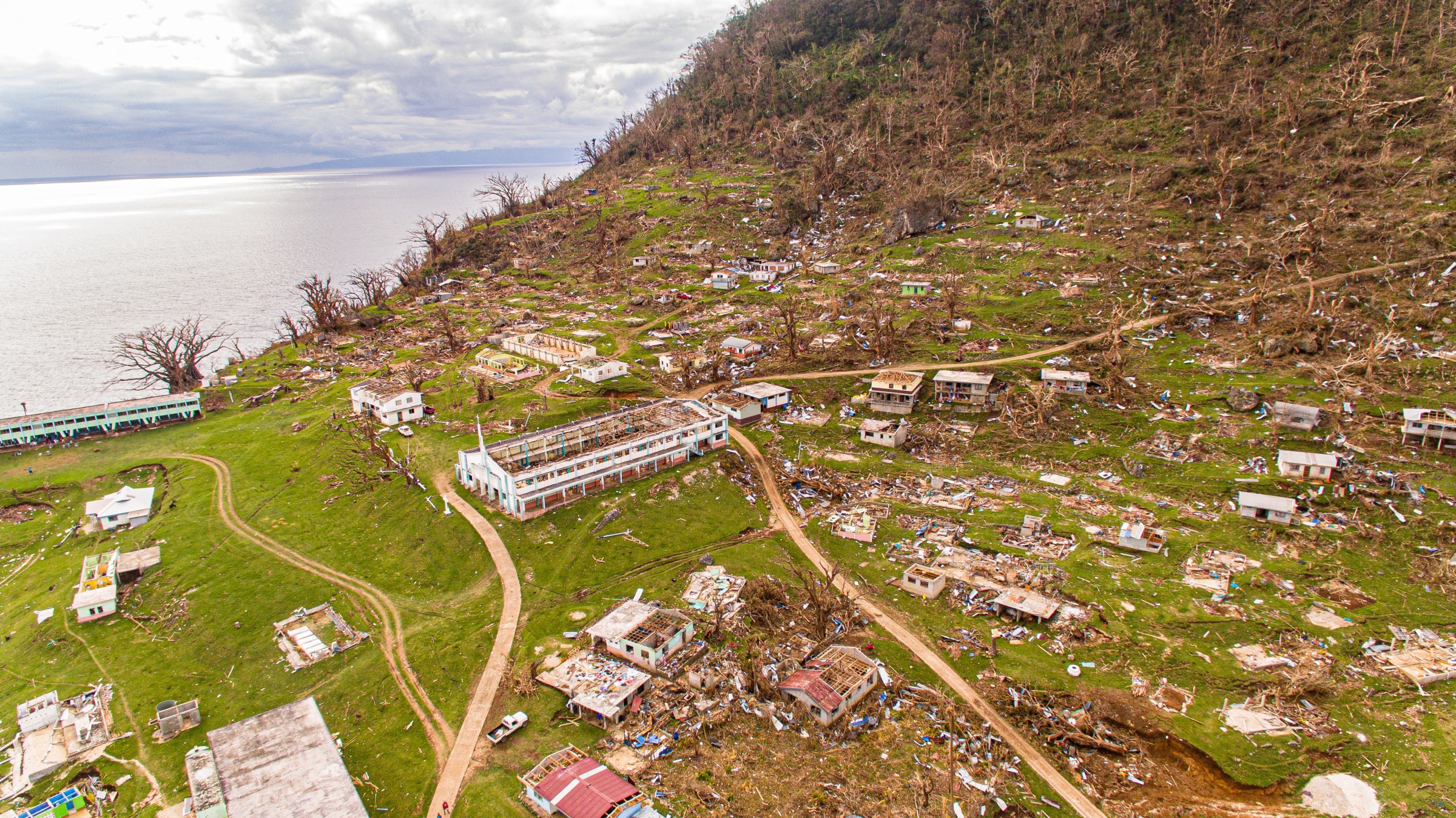
Aerial view of Melsisi village in Vanuatu on April 13, 2020, a week after Tropical Cyclone Harold made landfall on the island nation. Photo © UNICEF/Shing
By Brett Walton, Circle of Blue
When Tropical Cyclone Harold, a strong early-season Category 5 storm, collided with the Pacific island nation of Vanuatu in the first week of April, the destruction was extensive.
Ninety percent of people in Sanma, the country’s second-most populous province, lost their homes. Sixty percent of the schools and nearly a quarter of health centers reported damage and, in subsequent weeks, farmers found their crops obliterated. According to preliminary assessments, some 160,000 people, more than half the country’s population, have been affected by the storm in some way.
As emergency planners and aid agencies snapped into action, they began to view Harold as a trial run of sorts, said Sanaka Samarasinha, the UN resident coordinator for the Pacific islands. The challenges of disaster response, in the Pacific and elsewhere, are being magnified by the global pandemic. Disaster experts said that emergency managers and governments will be severely tested this year.
“In terms of a major emergency, obviously it will be a huge challenge, and there’s going to have to be a lot of improvising,” said Daniel Gilman of the UN Office for the Coordination of Humanitarian Affairs.
Weather-related disasters occur annually, displacing an average of 20 million people every year globally. The difference in 2020 is the new coronavirus. The emergence of SARS-CoV-2 — which is still paralyzing entire nations at the outset of cyclone and monsoon season in the Northern Hemisphere and along the equator — is an unsettling and daunting obstacle to moving people to safety, ensuring their health, and helping them recover.
Even in calm times, securing a coastal city before a tropical storm or fleeing from a wildfire can be chaotic and stressful. In a pandemic, the familiar playbook for responding to these emergencies is being rewritten. The humanitarian community’s standard procedures for evacuation, sheltering, and tendering care are being swiftly recalibrated to a period of physical distancing and limited mobility.
Disaster preparations “will present difficult and complicated decisions for emergency planners, city authorities, and governments as they attempt to balance the need to get people out of harm’s way and contain the spread of the virus,” said Alex Randall, a program manager at the Climate and Migration Coalition who specializes in the links between climate change, conflict, and migration.
First, Prepare
Coordination and early planning are essential this year, said disaster-response experts from the Asia-Pacific region on a conference call hosted by the UN Office for Disaster Risk Reduction.
Not only should planners be thinking ahead, said Gilman. They should be thinking in scenarios. What happens if a storm hits when the country is on lockdown? What supplies might be in short supply before evacuation? Are commercial flights are operating on reduced schedules and will chartered planes or military vehicles be needed to move emergency supplies? How can post-disaster assessments be carried out with fewer responders on the ground? Have the most vulnerable groups been identified? What is the hospital capacity?
“Unless you have a clear model for the humanitarian and other impacts that you anticipate, you won’t be able to put appropriate measures in place,” Gilman said. “Just like we have with the epidemiological models, we need humanitarian models.”
Without advance planning, Randall foresees the potential for confusion and violence as the dual objectives of evacuation and disease prevention collide.
“Will authorities allow people to flee?” he asked. “Will they try to control people moving out of a particular city and into other locations? Will they continued to attempt to enforce a lockdown even as the weather-related event, like a flood or hurricane strike, means that people need to leave?”
One scenario that seems likely is that shelters will have capacity limits, due to physical distance requirements.
In the United States, the American Meteorological Society warned that many city and county governments say they will not open public tornado shelters during the pandemic. A series of severe storms that tore through the southern states in April killed at least five dozen people.
Kamal Kishore of India’s National Disaster Management Authority said that if the capacity of individual shelters is reduced, more shelters will be needed. His agency, along with local communities, is now taking inventory of additional buildings — closed schools, dormitories — that could be put into service. In India, the shelters are run by community groups, a delegation of authority that requires close collaboration to ensure adequate space.
These additional preparations mean that more resources, measured in time, money, and physical goods and services, will be expended on disaster response, Randall said. The poorest countries are most at risk and most in need of financial support during a period in which economies are also on the verge of crisis.
“My feeling is that debt relief plus increased aid and development money from the richer countries of the world is absolutely essential in helping the world’s poorest countries deal with this incredible complex crisis they are now facing,” Randall said.
Recovery Lessons
In some ways, authorities in Vanuatu were operating from an advantageous position, said Samarasinha.
Given its geography — an island nation within the Pacific cyclone belt and susceptible to earthquakes, landslides, and tsunamis — Vanuatu is one of the most vulnerable countries to natural hazards. That vulnerability has catalyzed the involvement of international agencies like the UN and has led to a robust organizational structure for disaster planning.
Vanuatu is also less disrupted today by Covid-19. With no confirmed cases of Covid-19, the disease is not yet a crisis there, Samarasinha said.
Still, emergency shelters are too crowded, Samarasinha said. “There is a degree of distancing, but probably not enough to be one hundred percent certain that we will be able to prevent Covid-19 from being transmitted if somebody were to be infected,” he said.
Vanuatu also saw a dividend from planning that took root years before. An incident management team that was initially established for a measles outbreak was reconfigured to address healthcare facilities after the storm.
Samarasinha said he took two lessons from Cyclone Harold that could be applied broadly: preparation and collaboration.
“We were prepared because we have to deal with this all the time,” he said.
Brett writes about agriculture, energy, infrastructure, and the politics and economics of water in the United States. He also writes the Federal Water Tap, Circle of Blue’s weekly digest of U.S. government water news. He is the winner of two Society of Environmental Journalists reporting awards, one of the top honors in American environmental journalism: first place for explanatory reporting for a series on septic system pollution in the United States(2016) and third place for beat reporting in a small market (2014). He received the Sierra Club’s Distinguished Service Award in 2018. Brett lives in Seattle, where he hikes the mountains and bakes pies. Contact Brett Walton

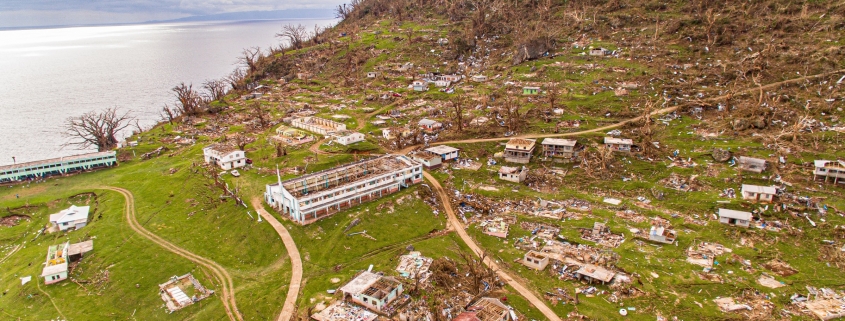


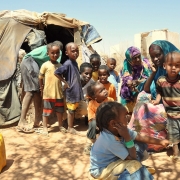

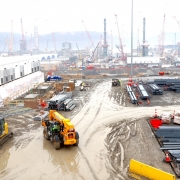
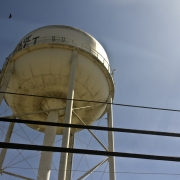


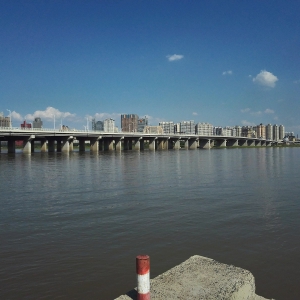
Leave a Reply
Want to join the discussion?Feel free to contribute!